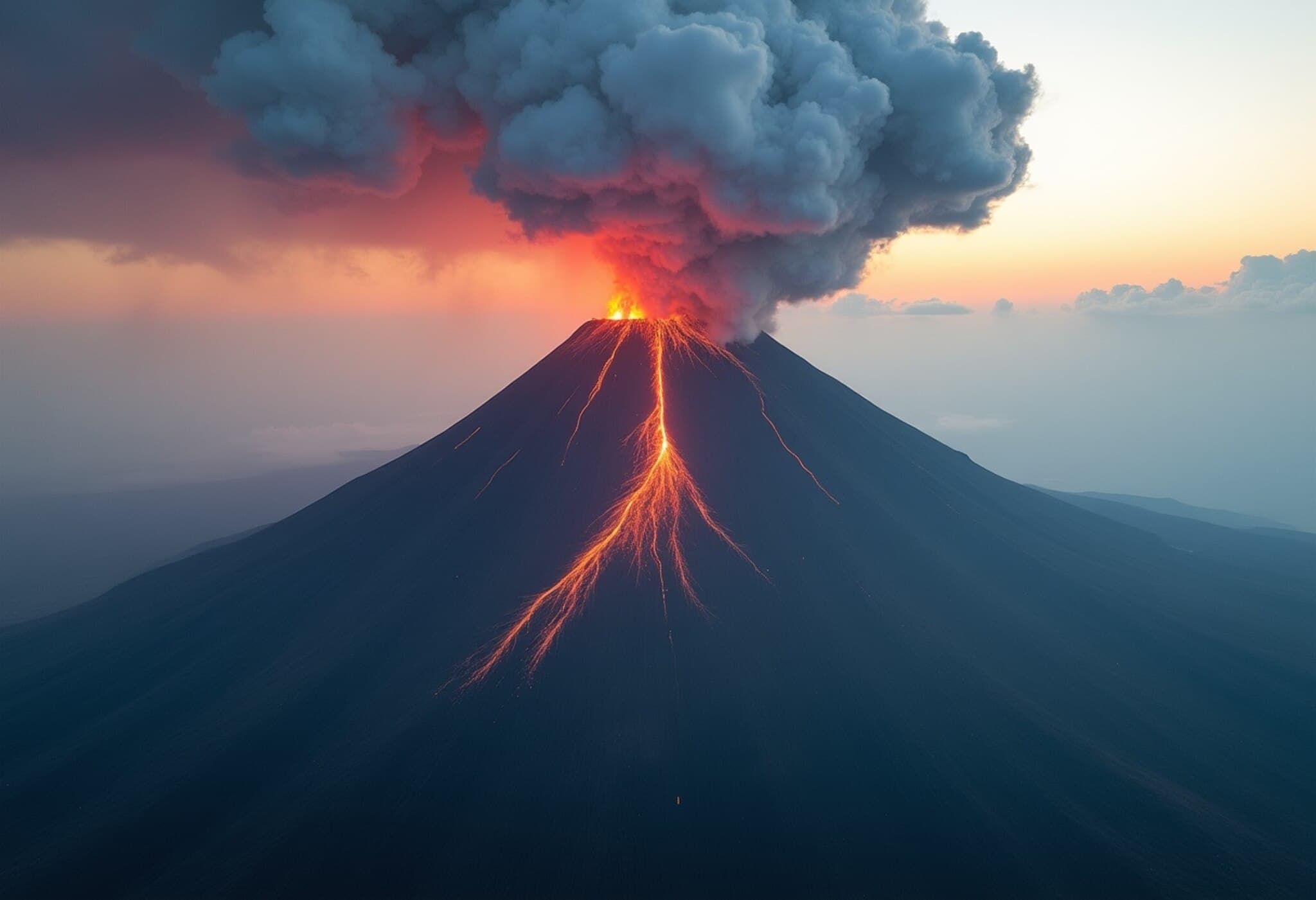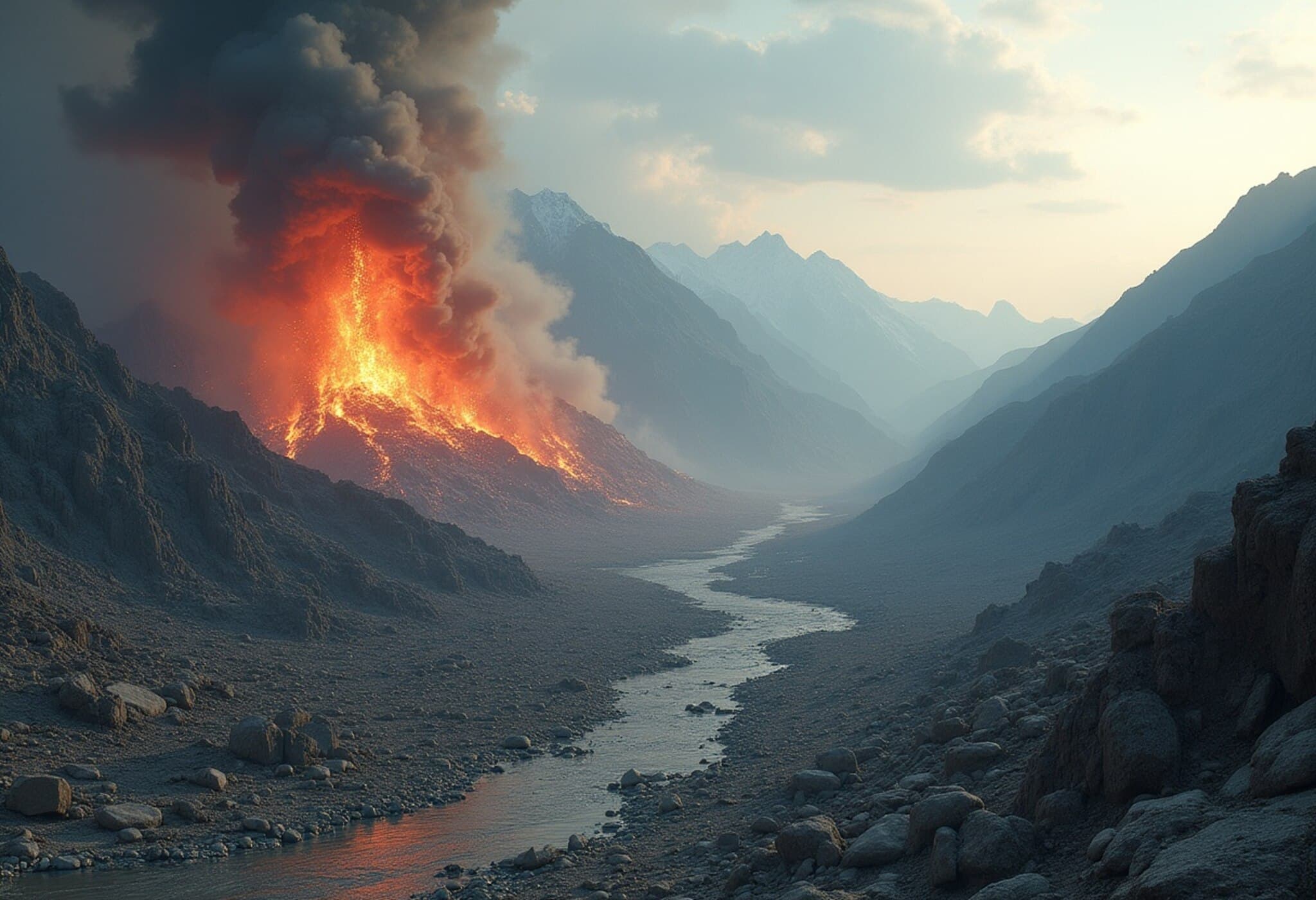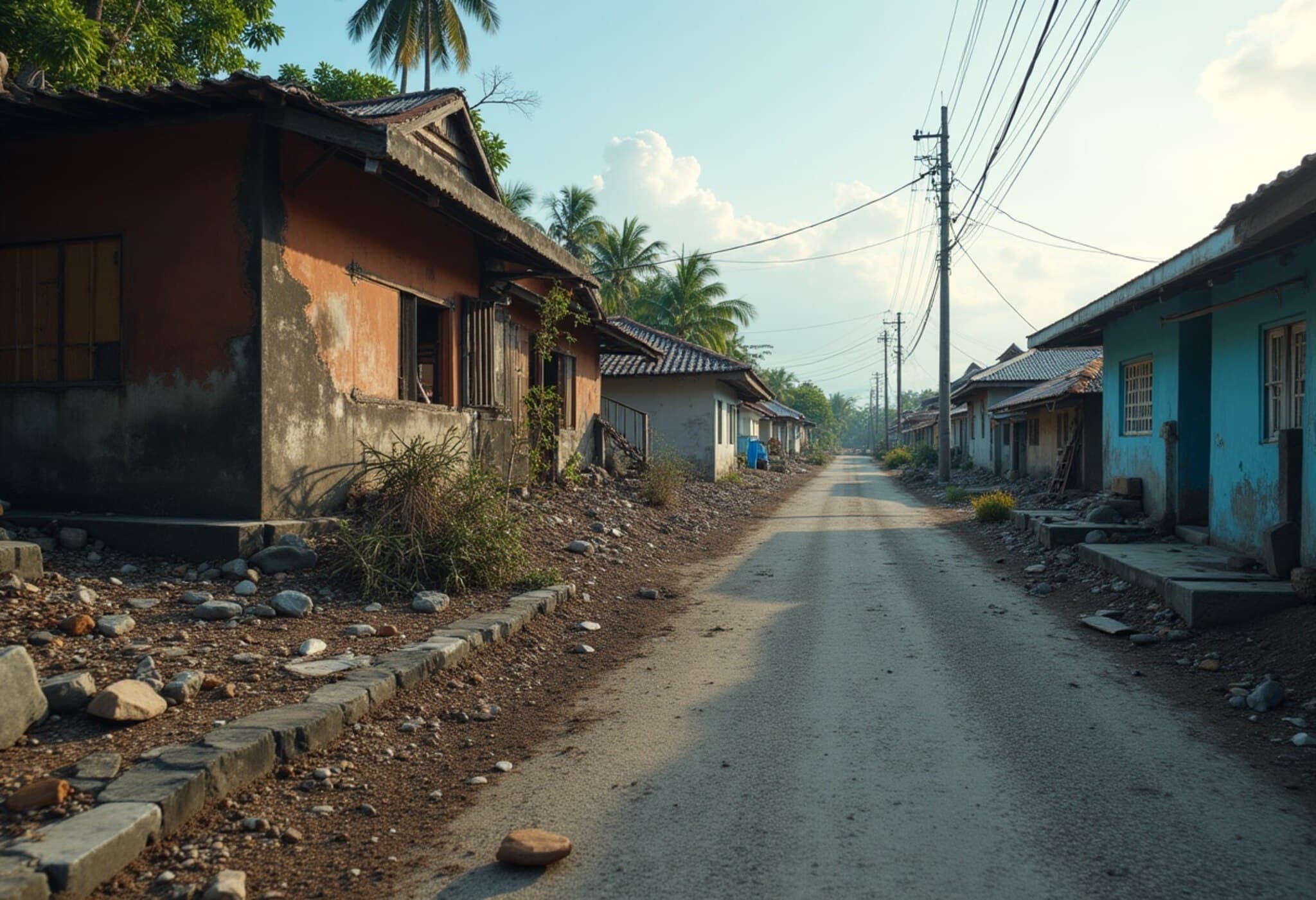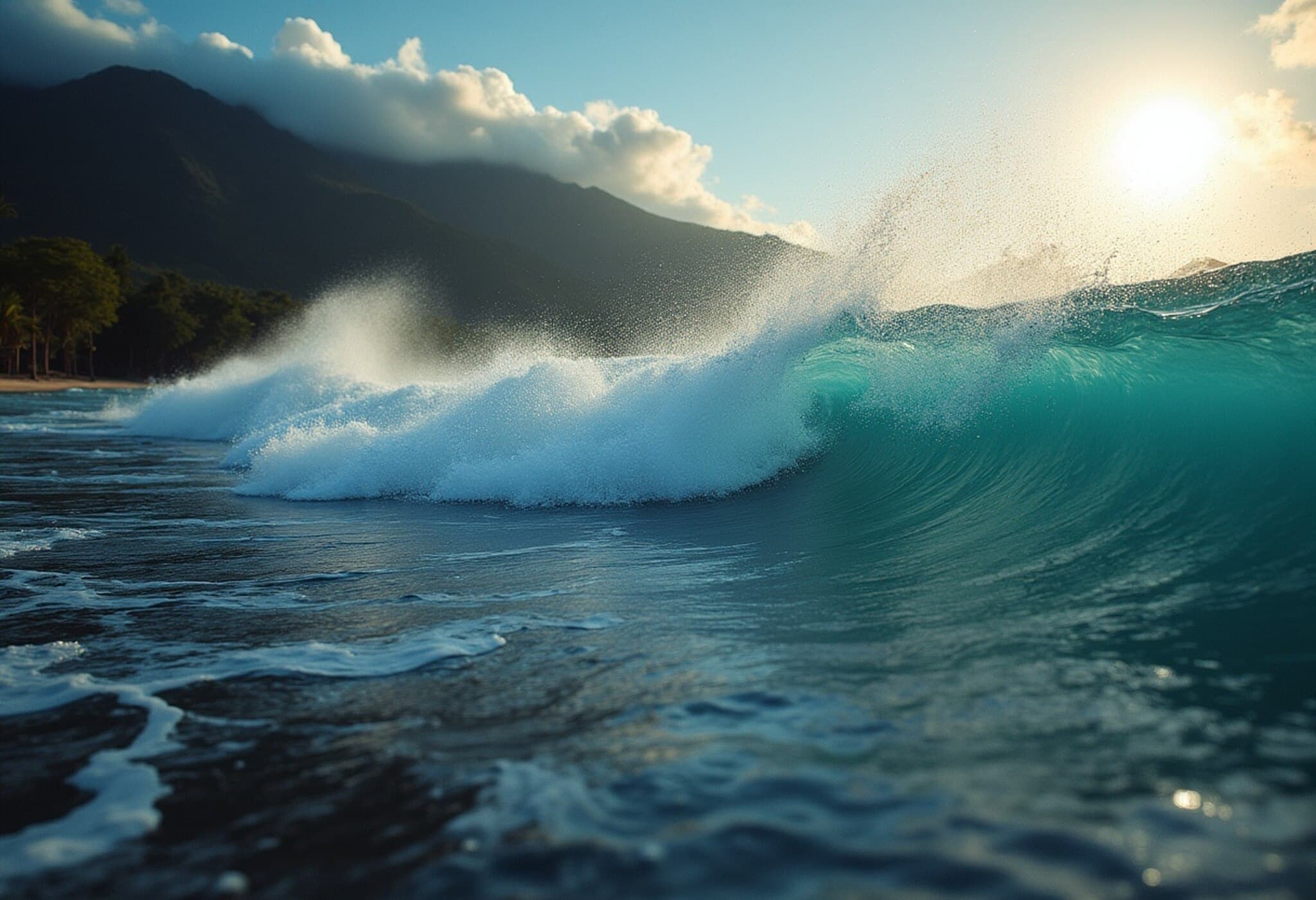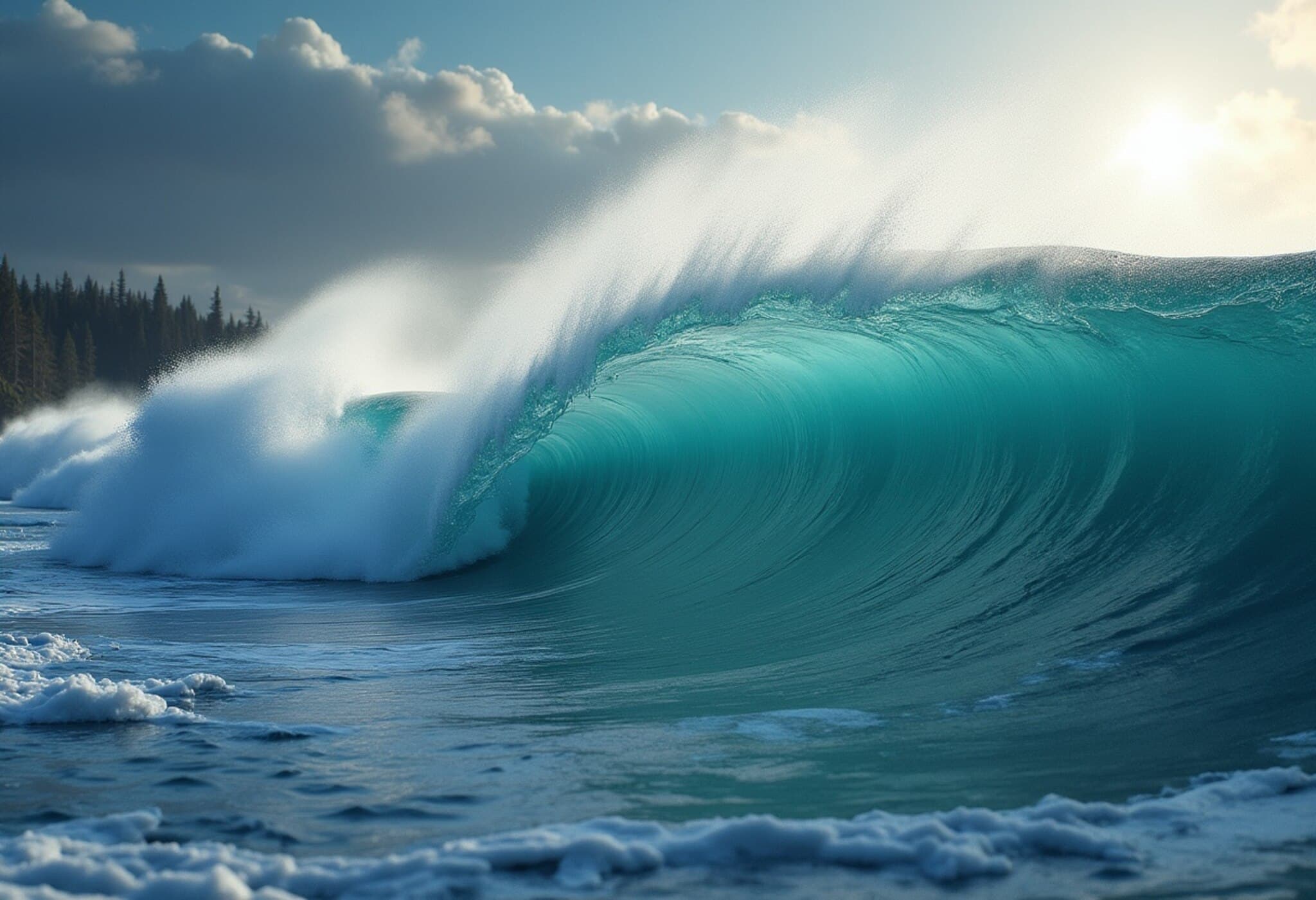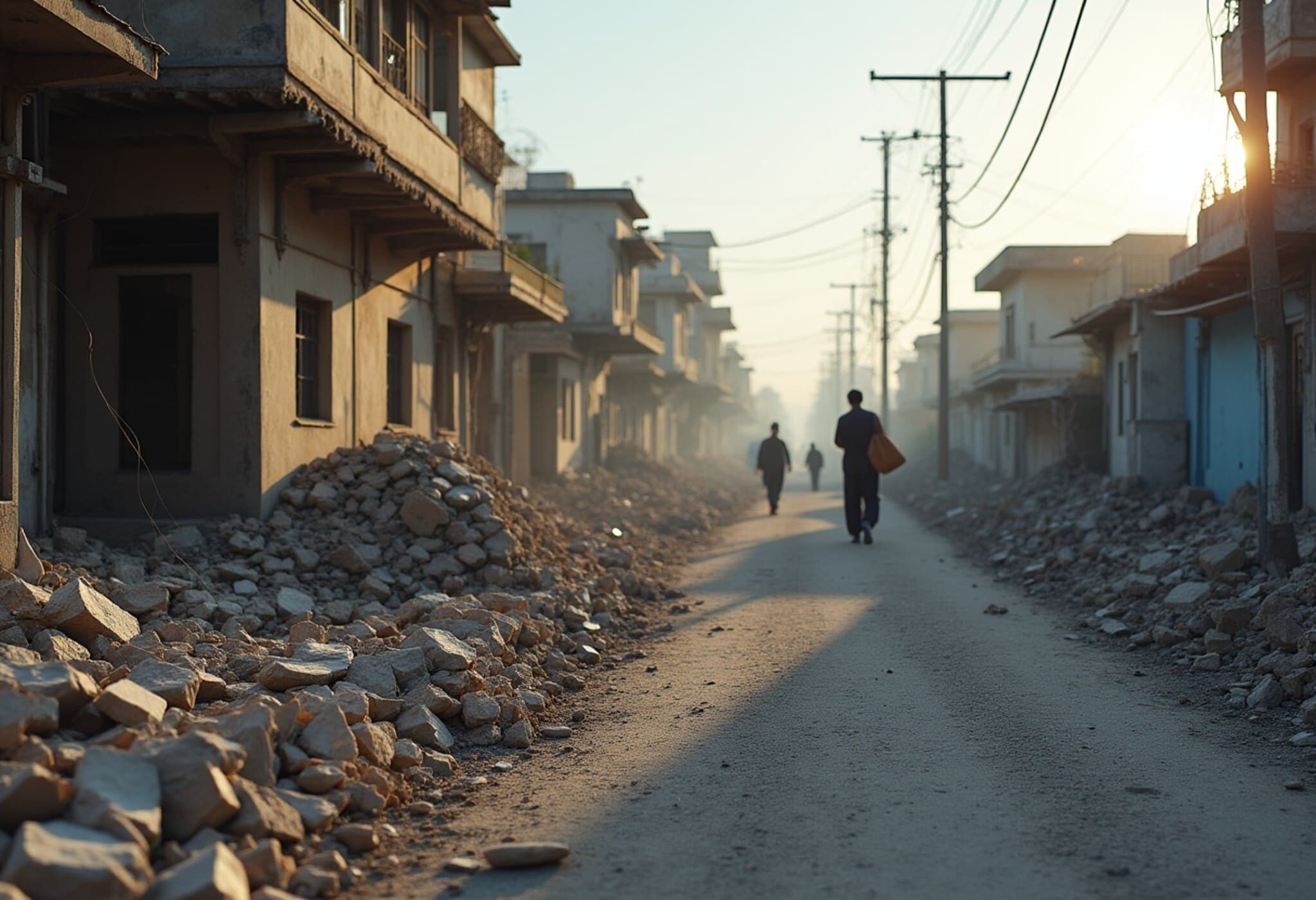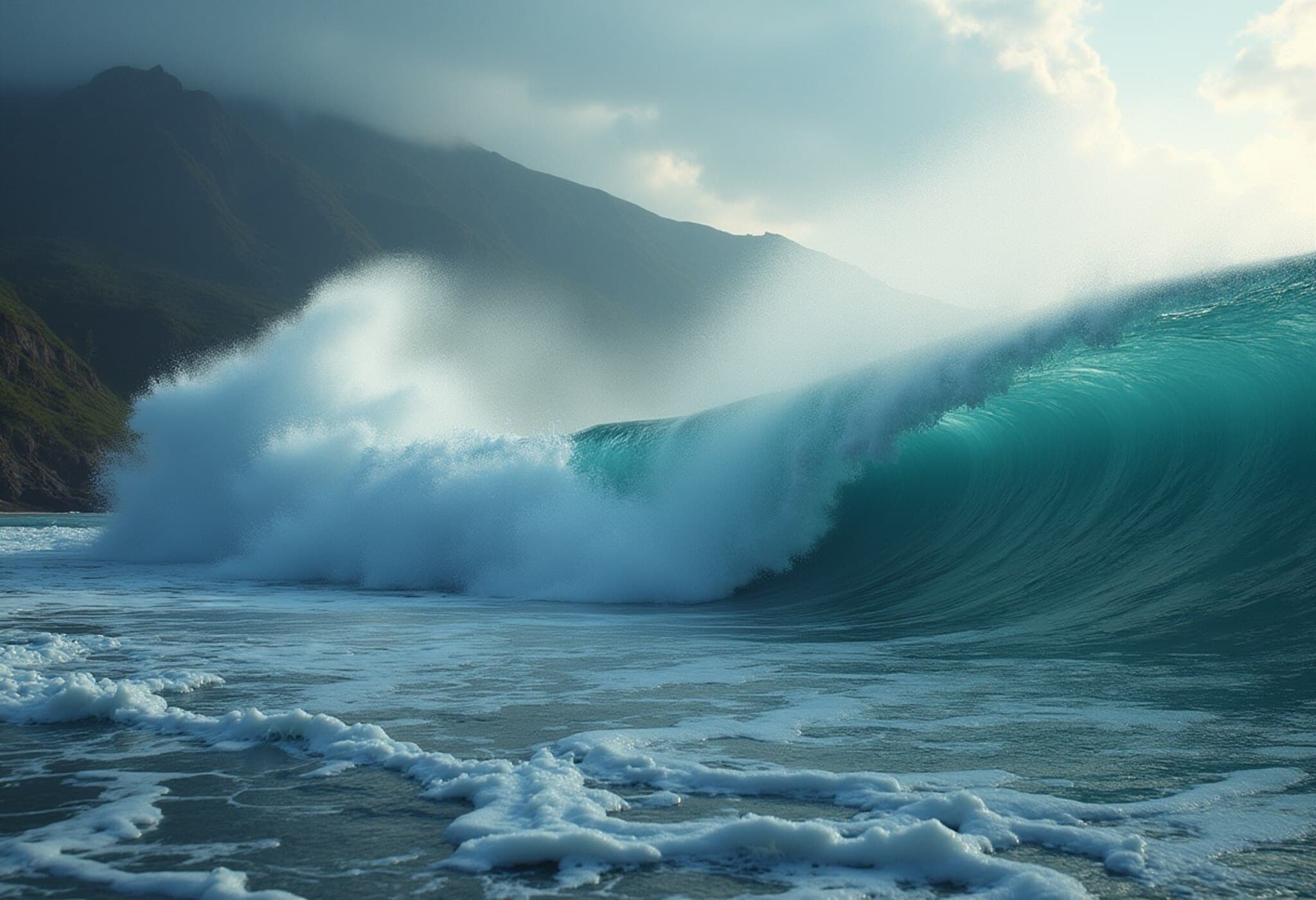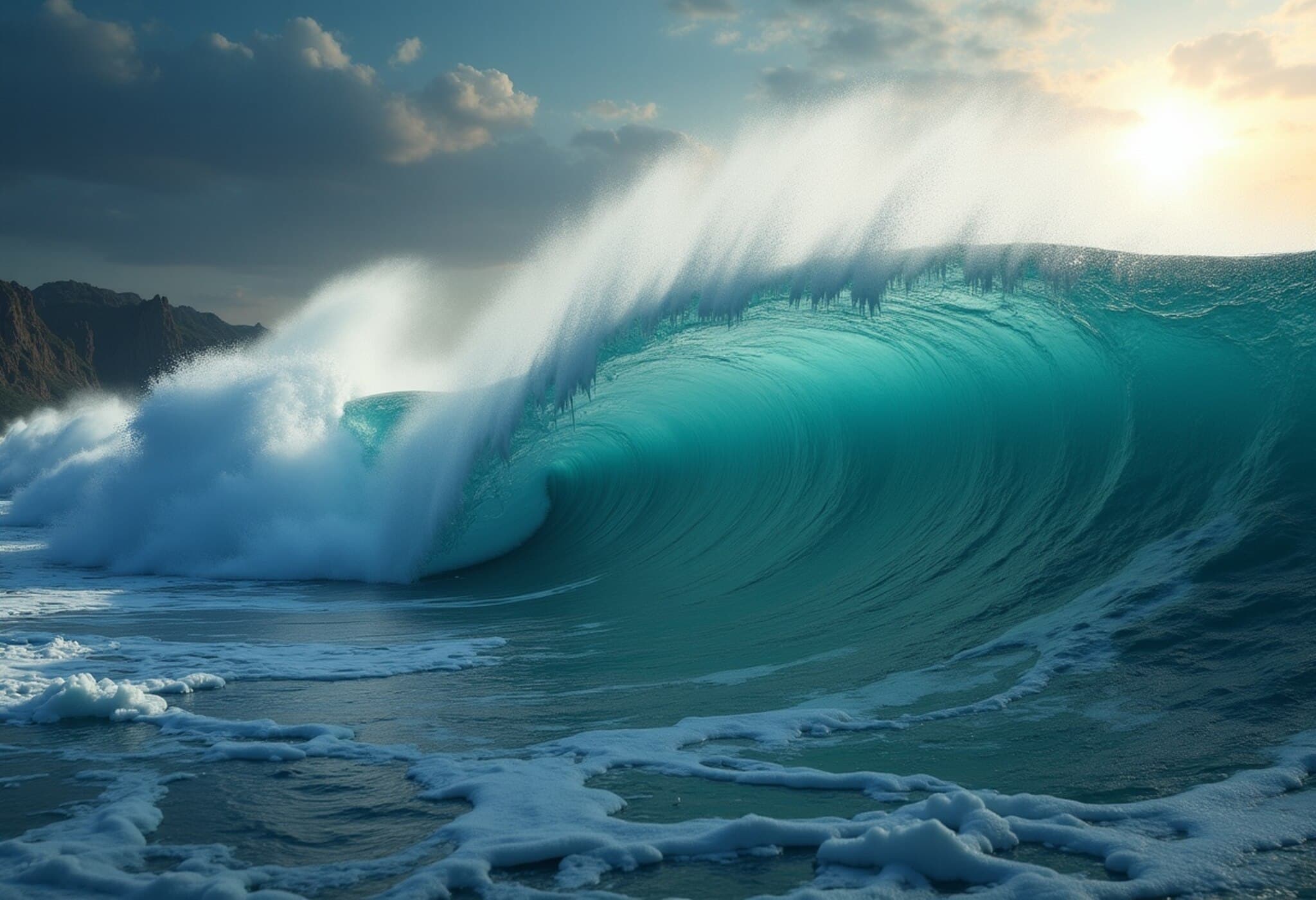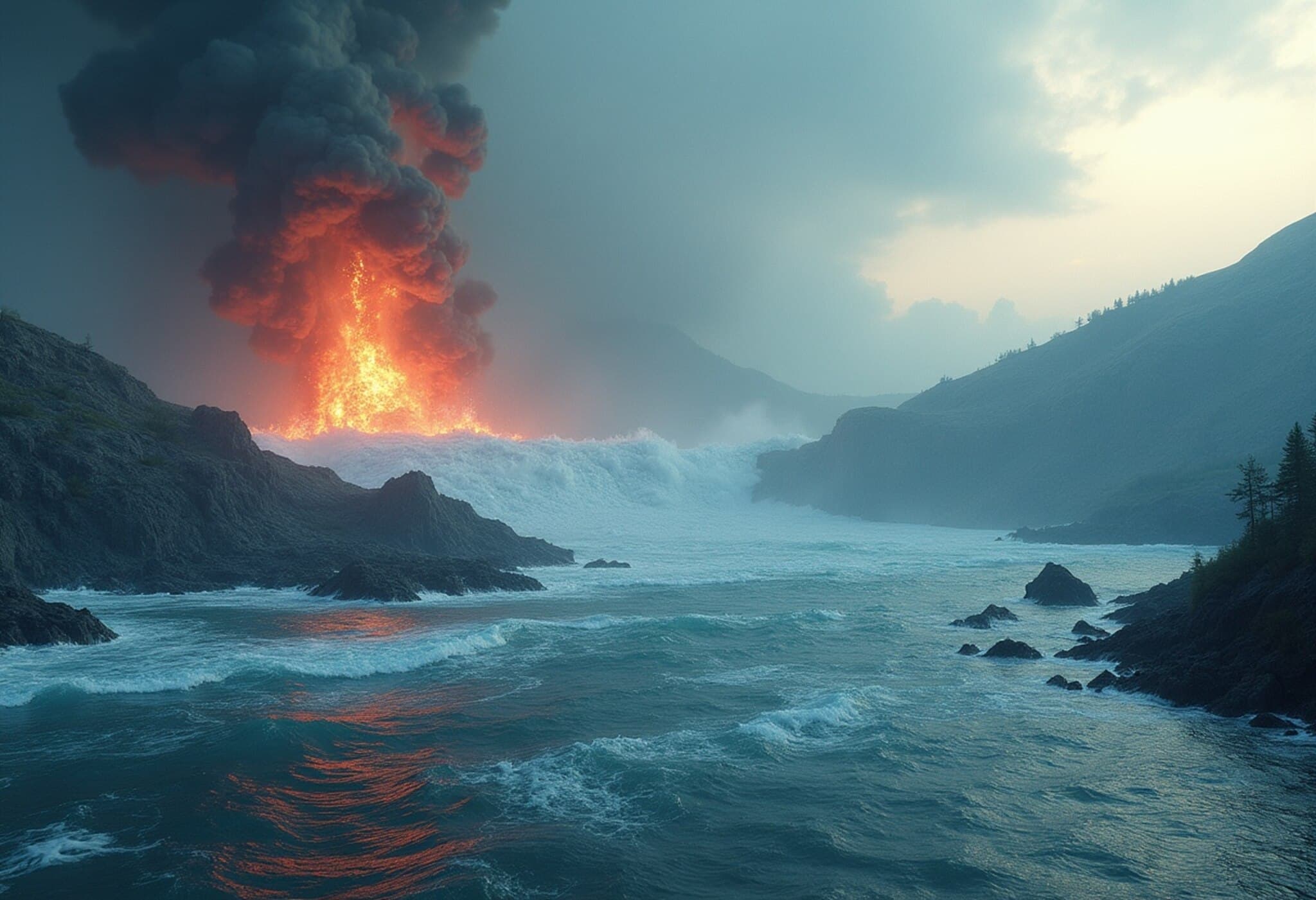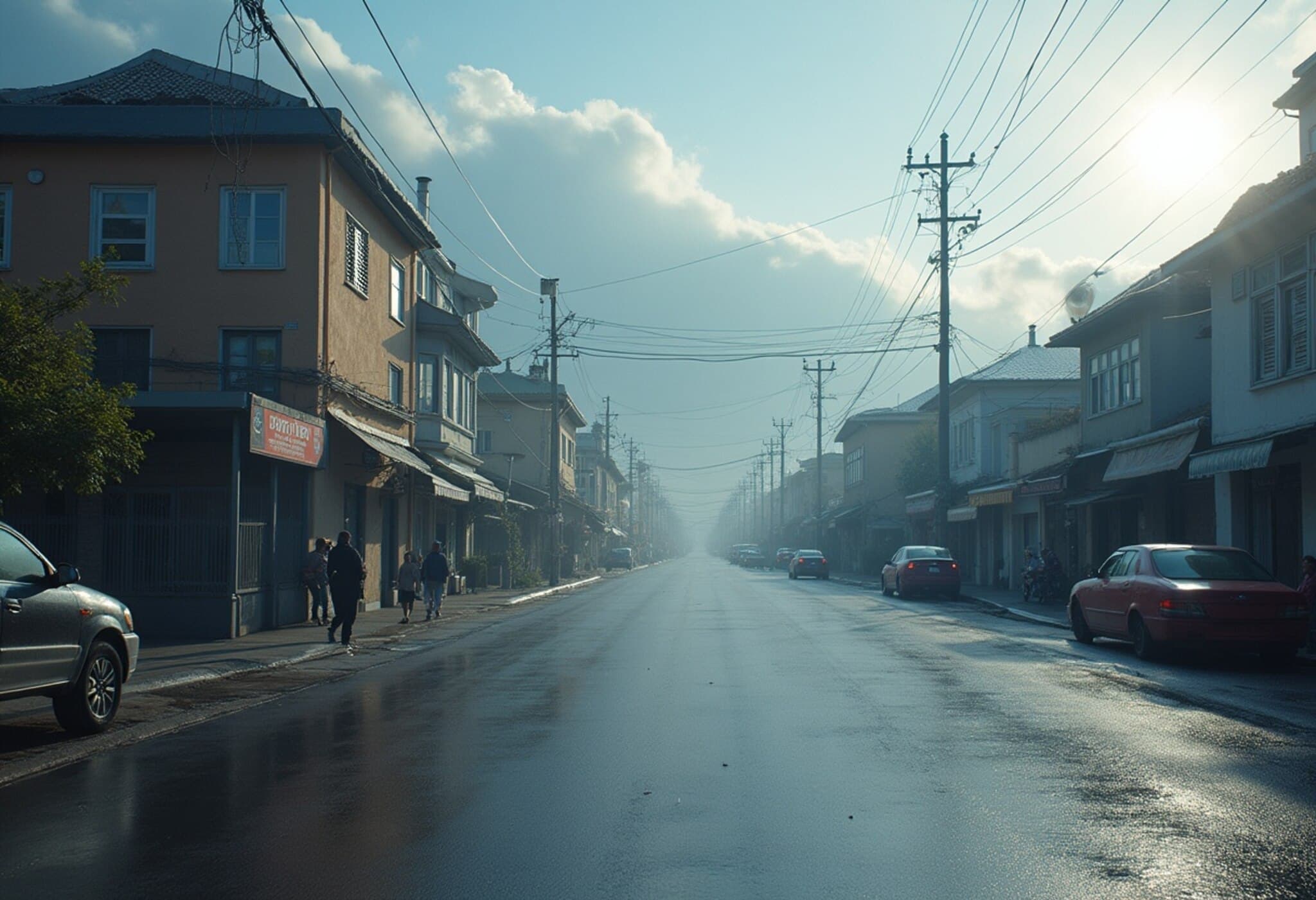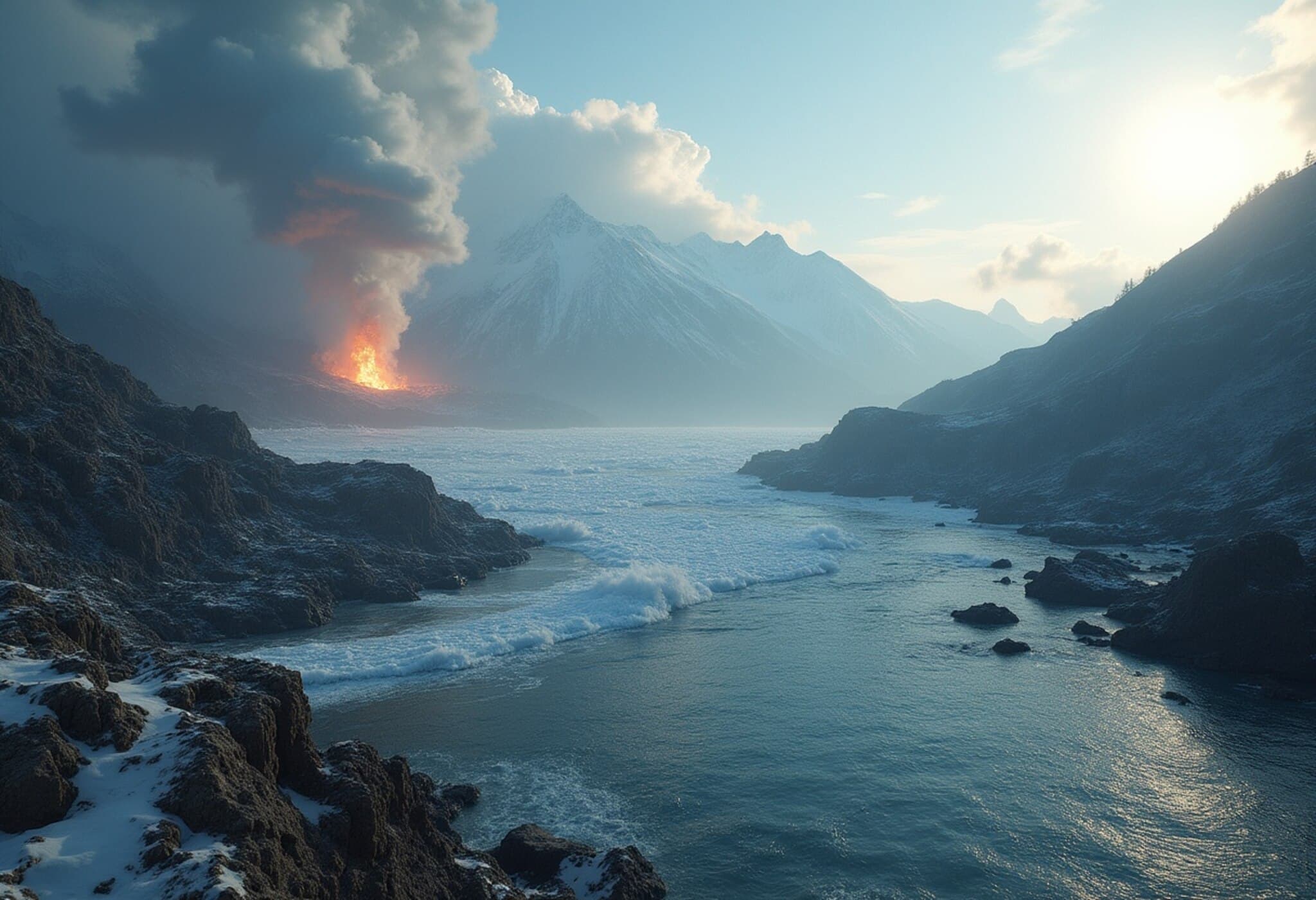Powerful Earthquake Strikes Near Russia’s Kamchatka Peninsula
In the early hours of Wednesday, July 30, 2025, a colossal magnitude 8.8 earthquake rattled the remote Kamchatka Peninsula in Russia’s far east, sending ripples of alarm across the Pacific Ocean. This seismic event triggered widespread tsunami warnings spanning from Japan’s eastern shores to the western coasts of the United States, including Hawaii, Alaska, and California.
Tsunami Warnings Spark Evacuations and Heightened Alerts
Authorities acted swiftly: evacuation orders were issued in vulnerable coastal areas, notably in Hawaii and Japan. The U.S. Coast Guard also mandated commercial vessels in Hawaiian harbors to move to safer waters, underscoring the seriousness of the threat.
Hawaii’s Response and Observations
Hawaiian Governor Josh Green addressed the public around 8:20 p.m. local time, expressing cautious relief. "So far, Hawaii has not seen a wave of consequence, which is a great relief to us," Green stated. He shared that two waves had been detected at Midway Atoll – approximately 30 centimeters (1 foot) and about 3 feet in height – but no significant wave activity was noted beyond the Big Island.
The Governor emphasized that the state would maintain heightened alertness for another two to three hours until all data confirmed safety.
Japan’s Coastal Communities Brace for Impact
The Japan Meteorological Agency issued tsunami warnings for much of the country’s eastern coastline, with lower-level advisories broadcast nationwide. The most immediate threat was to Hokkaido, Japan’s northern island closest to the quake epicenter, where waves up to 3 meters (approximately 10 feet) were forecast to arrive around 10 a.m. local time.
Kiyomoto Masashi, a senior official from the agency, urged residents in coastal zones to seek higher ground immediately and remain vigilant, as multiple tsunami waves can continue for over 24 hours following a powerful earthquake.
Tsunami Size Variations and Localized Impact
Russian sources reported tsunami waves averaging between 3 to 4 meters (10 to 13 feet) along the Kamchatka coast. Meanwhile, Japanese news broadcaster NHK detailed smaller waves nationwide, ranging from 30 centimeters (1 foot) to 1.3 meters (4 feet), with the highest wave detected at Kuji Port in Iwate Prefecture.
Travel and Transportation Disruptions
In response to the event, airlines operating in the region have adjusted schedules significantly. Hawaiian Airlines and Alaska Airlines jointly announced holding flight departures to Hawaiian Islands while monitoring ongoing warnings. Several flights destined for Hawaii were redirected back to the U.S. mainland or postponed. Specifically, all flights to and from Maui were canceled as precautionary measures.
Understanding the Tsunami Risk
Tsunamis are a series of ocean waves caused by underwater seismic activity, characterized by crests that can last from five to 15 minutes or longer. According to Maui County’s emergency management website, the threat from tsunami waves can persist for many hours as waves wrap around islands, threatening all shores regardless of coastal orientation.
Expert Insight: The Broader Implications
This earthquake off Kamchatka is a stark reminder of the Pacific Rim’s seismic volatility, an area known as the “Ring of Fire.” With many densely populated island and coastal communities, the stakes for accurate early-warning systems and immediate public response have never been higher.
From an American policy standpoint, this event underscores the critical need for robust inter-agency coordination among the National Tsunami Warning Center, U.S. Coast Guard, and local governments to safeguard lives and property. Moreover, it highlights the importance of public education around tsunami risks, especially in tourist-heavy regions like Hawaii, where sudden arrivals of visitors may be unfamiliar with evacuation protocols.
Underreported Challenges: Beyond the Immediate Wave
While initial wave heights might pose limited physical damage, secondary effects often receive less attention. These include:
- Economic disruption: Flight cancellations, port closures, and business interruptions ripple through local economies.
- Environmental impacts: Tsunami waves can erode coastlines, disrupt marine ecosystems, and release hazardous materials from damaged infrastructure.
- Community trauma: Psychological stress and anxiety persist long after the waters recede, straining social services and public health systems.
Looking Ahead: What to Watch For
Authorities emphasize the ongoing risk of aftershocks, which could trigger further tsunamis. Residents and travelers should remain alert to updates from official channels and follow recommended safety protocols meticulously.
Key Takeaways
- Magnitude 8.8 quake struck near Russia’s Kamchatka Peninsula early July 30, 2025.
- Tsunami warnings issued across Japan and western U.S. states, including Hawaii.
- Observed waves ranged from 30 centimeters to up to 4 meters in Kamchatka.
- Hawaiian evacuations conducted; no destructive waves reported there as of evening.
- Disruptions to flights and maritime activities continue amid caution.
Editor’s Note
This seismic event is a compelling test of how Pacific Rim nations prepare for and respond to natural disasters with transnational impact. While the immediate physical damage may be limited, the broader social and economic consequences remind us of the layers of vulnerability faced by coastal communities worldwide. As climate change potentially intensifies ocean dynamics, integrating these risks into urban planning and emergency readiness becomes increasingly urgent.
For readers, it raises critical questions: Are our local infrastructures truly resilient? How effectively do we communicate risk to diverse populations, including visitors unfamiliar with local hazards? And how can international cooperation be strengthened to manage shared threats that know no borders?


